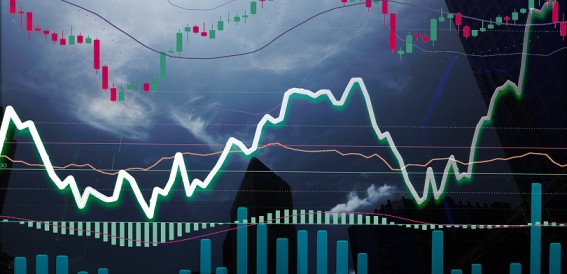- Last Updated: Sep 19,2023 |
- Religare Broking
If you are holding equity mutual funds, you must access the fund fact sheets on a monthly basis. Apart from giving the fund manager’s guidance for the economy and the markets, this monthly fact sheet also provides a glimpse of the latest portfolio of the mutual fund. Here are 10 things you can actually glean by reading the fund portfolio carefully…
1. Compare the portfolio mix with the original stated objective of the fund. If the original objective of the fund was to invest in a diversified portfolio of large cap stocks, then that is what it should be. If your reading of the portfolio reveals that the fund has shifted substantially into mid-caps or into specific sectors, you need to re-think.
2. Is the fund diluting the definition of its objective? This is quite common with many funds. They define the fund objective as an IT fund and you would logically expect it to focus purely on IT stocks. Over a period of time, if IT is underperforming in the market, these funds expand the definition of IT to also include banks and other sectors which leverage on IT. Remember, as an investor, this introduces a different element of risk than what you were originally prepared for.
3. Is the fund sitting on too much cash for too long? This is a common practice when fund managers are ambiguous about the market or markets are appearing stretched. But holding on to cash for too long defeats your entire purpose of creating wealth. You want your fund manager to be prudent with your money, not overly conservative.
4. Look at the sector mix of the portfolio. If your equity fund portfolio is largely in tune with the weightage of sectors in the Nifty or Sensex, then you will earn approximately Nifty returns. Then you will be better off choosing an index fund as they have much lower costs.
5. Is the fund manager adding risk to the portfolio? This is evident if you compare the Sharpe ratio of the fund over the last few quarters. A rise in risk will typically be indicated by a falling Sharpe ratio. Most funds reveal the fund Sharpe ratio as part of the fund portfolio.
Recommended Read: Benefits of Investing in Mutual Funds over Direct Equities
6. Check out the Beta of the fund portfolio. In a market like India, you surely want a portfolio that has a Beta of greater than 1. A Beta of less than 1 will mean that the prospect of your fund outperforming the index stands reduced.
7. The proof of the pudding lies in the eating. Your fund, at the end of the day, needs to beat the index. Occasional slip-ups are understandable, but if your fund is consistently underperforming the index, then you need to ask some serious questions to your financial advisor.
8. Look for portfolio shifts when ownership changes. Indian mutual funds have been consolidating over the last few years with mergers among funds happening quite frequently. When a merger happens, the new AMC may come with a new set of philosophies and investment strategies. This will be reflected in the portfolio.
9. It is important for one to understand the fund manager of the portfolio through the portfolio mix and its trajectory. Whether your fund manager is aggressive, conservative, mid-cap oriented, large-cap oriented will all be captured by the fund portfolio over a period of time.
10. Last, but not the least, compare with peers. If you are holding on to a diversified equity fund, then look at the portfolios of peer group funds. What are the stocks which peers are adding and what stocks are they exiting? Is your sector mix and sector shift broadly aligned with the peer group? In case of substantial discrepancies, you need to talk to your financial advisor and understand the logic for the same.
Recommended Read: Benefits of Investing in Mutual Funds over Direct Equities
Most mutual fund investors tend to just see the top holdings of the funds they own and leave the rest to the fund. As an investor, it is your right and your obligation to keep yourself well informed about the holding pattern of the fund. It can go a long way in pre-empting wrong decisions. After all, it is your hard earned money.















